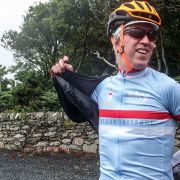Top 3 conversation starters for networking
Summer is coming to an end which means only one thing, event season is about to begin again. As networking drinks, conferences and roundtables start filling up your calendar, make sure you’ve got these three fool-proof conversation starters in your back pocket.
These openers can be used at any networking event, from busy conferences with hundreds of delegates to industry drinks after work. You might find that some conversation starters work better than others in certain situations but the best way to find out is to put them into action.
1. Have you been to this event before?
Whether you’ve attended the event in the past or it’s your first time, this question opens up conversation whatever their answer is.
If the answer to this question is ‘yes’ this creates the perfect opportunity for you to make the other person feel special and naturally leads the conversation into a discussion about what the event was like last year (or last month if it’s a regular networking event), what they liked and what they’re hoping to get out of the event this year.
Don’t panic if they say ‘no’, you can use this as an opportunity to bond with them about being first-timers to the event, or if you have been before you can suggest sessions to attend or share your positive experience of the previous event.
2. Are you here on your own or with your colleagues?
Obviously, you only want to use this question when approaching someone on their own but it works as a soft conversation starter, especially if that person looks a little nervous.
If the answer is that they’re at the event with colleagues this allows you to ask what their co-workers do, giving you an opening for an introduction and an opportunity to catch up with them as a group later on.
If you’re both flying solo at the event this gives you the chance to bond and share which sessions you’re interested in attending or head to the bar together – make sure you don’t stick to them the whole event, you can always arrange to meet up later. And if you have gone with a group of your colleagues, introduce them to each other, your networking can help their networking too!
3. Do you mind if I join you?
This can work for groups or someone stood on their own and whilst it doesn’t instantly lead to a question, as long as it’s followed up by ‘Hello, I’m… from…’ you can use this as a gateway to the first two questions.
Remember, the majority of people are polite and unlikely to say you can’t join their conversation so bite the bullet and start a conversation, you never know where it might lead.
Advice from the experts
Clarissa Bloom, relationship expert for DrinksPal uses honesty as her tried and tested opener: ‘I often come over and admit I don’t know anyone there, that I feel awkward and ask if it is ok to talk to them. At this point you have admitted your awkwardness, which instantly makes them want to build a conversation and involve you within their group and whatever they are doing. This is a great way to quickly build a rapport, to skip a lot of the ‘starter convo’ and skips you on to the interesting talks.’
Fleur Stamford, comms assistant at TopLine Comms has this top tip: ‘When attending trade shows or exhibitions on behalf of a client, I always make sure to research key attendees beforehand. This doesn’t have to be too time consuming but reading recent articles they’ve written and exploring their social media accounts is a start. It means that I feel more confident in approaching them and introducing myself. From here, the conversation naturally leads into “I’ve noticed you’ve been writing a lot about *topic* recently…” and you discuss both theirs and your opinion on the topic.’
What do you think? Have you got any stellar conversation starters? Or perhaps you’ve had someone introduce themselves with a joke? (Though this is perhaps a risky strategy)
Vuelio attend events throughout the year, you can find out where to find us on the events section of our website here.


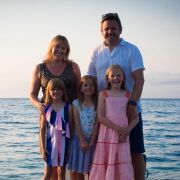
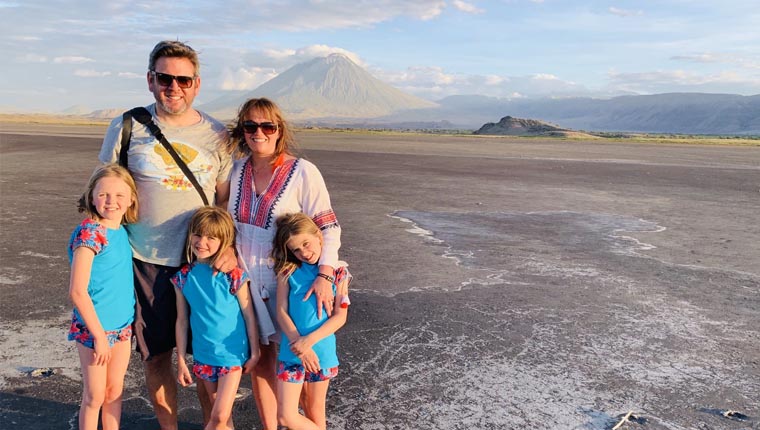

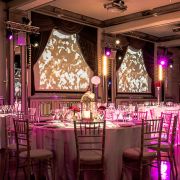


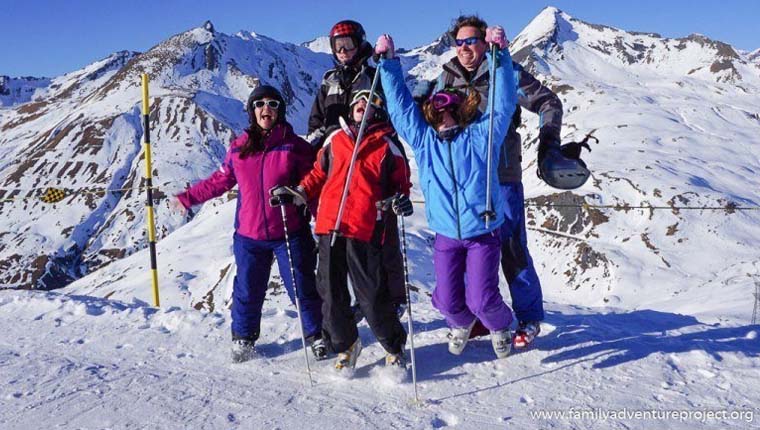
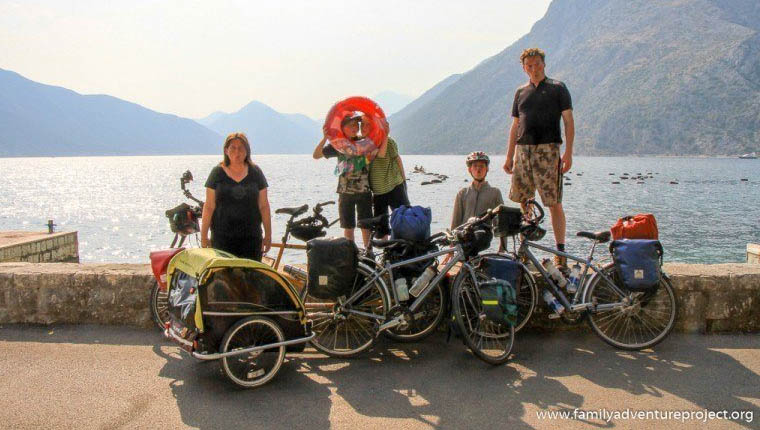
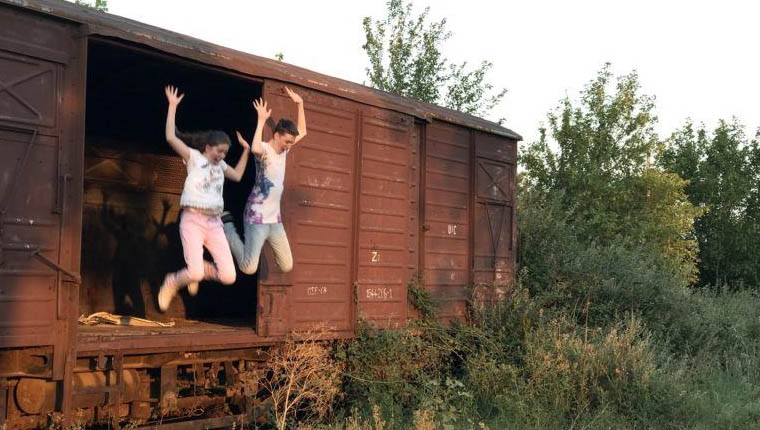

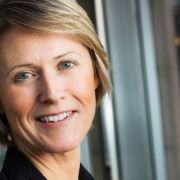

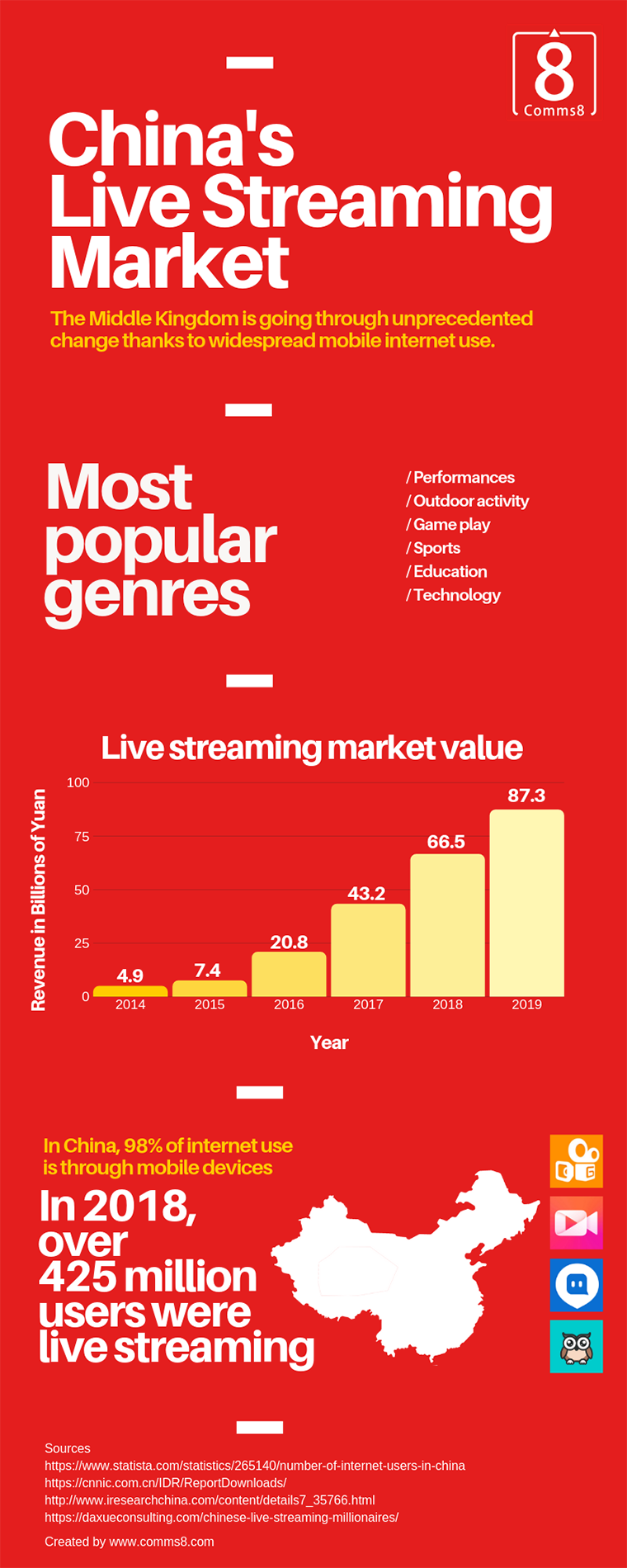


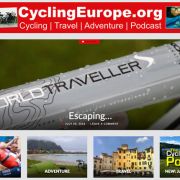
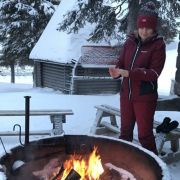
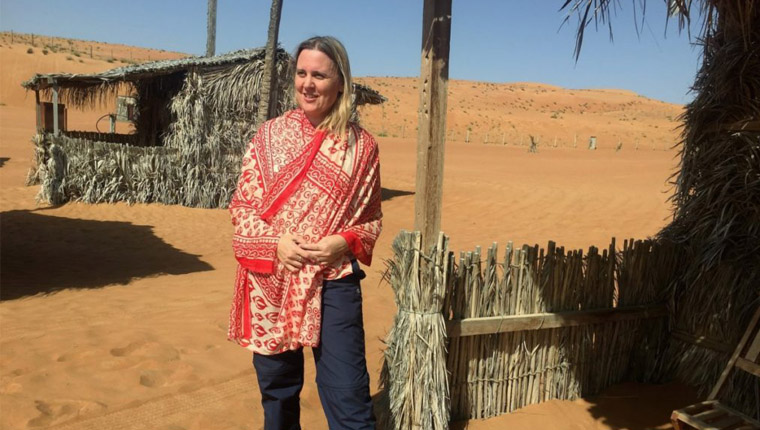
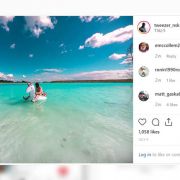

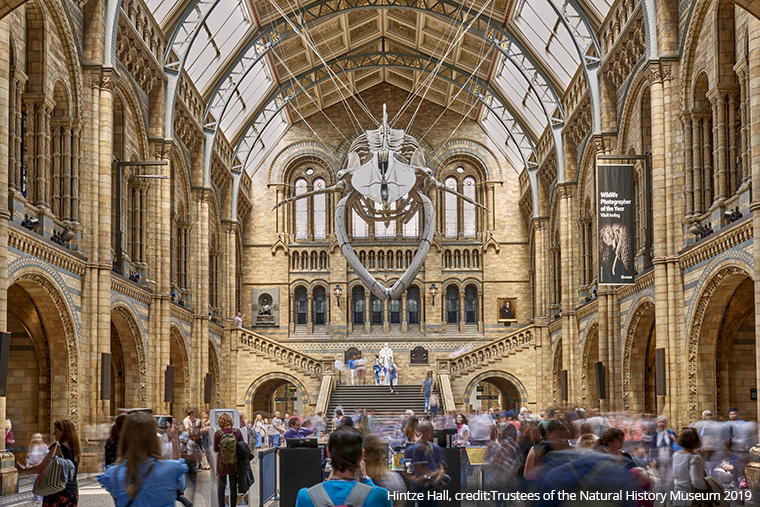
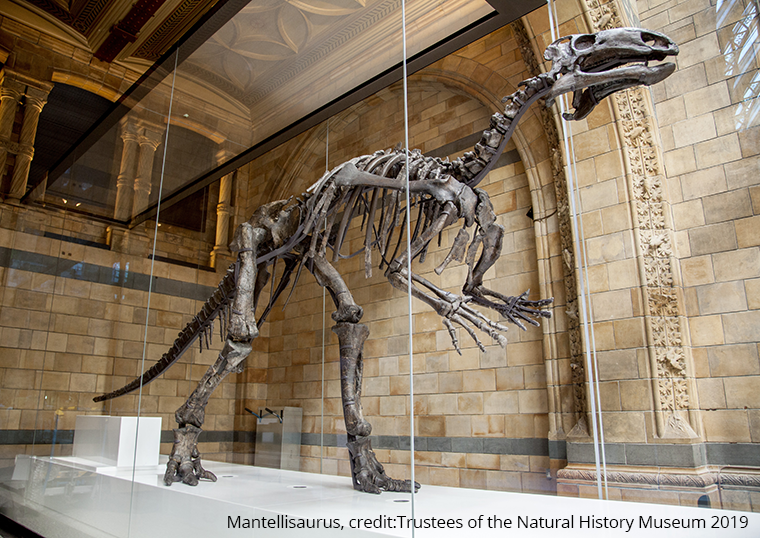

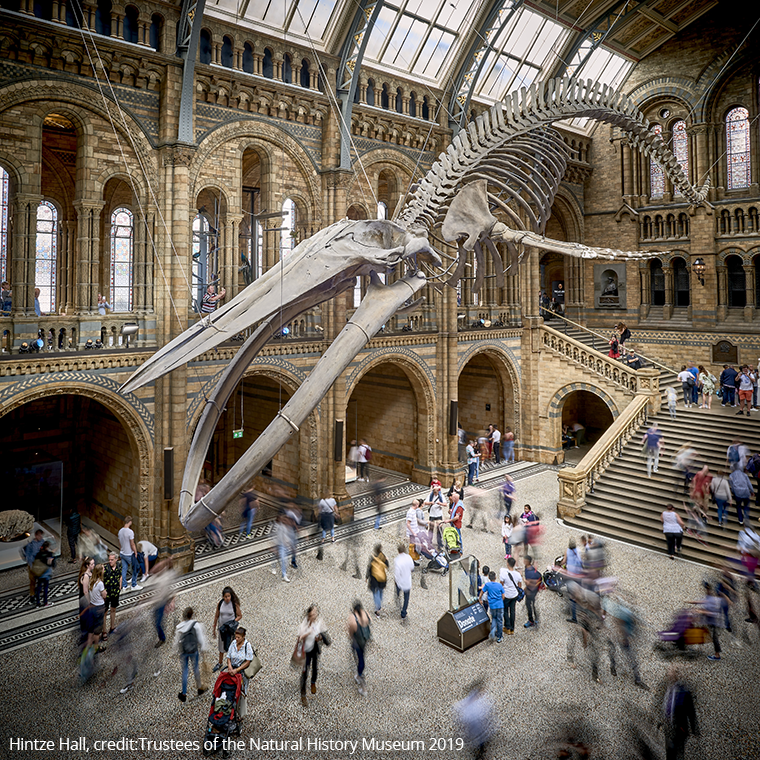

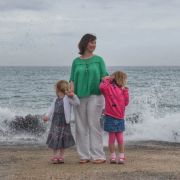

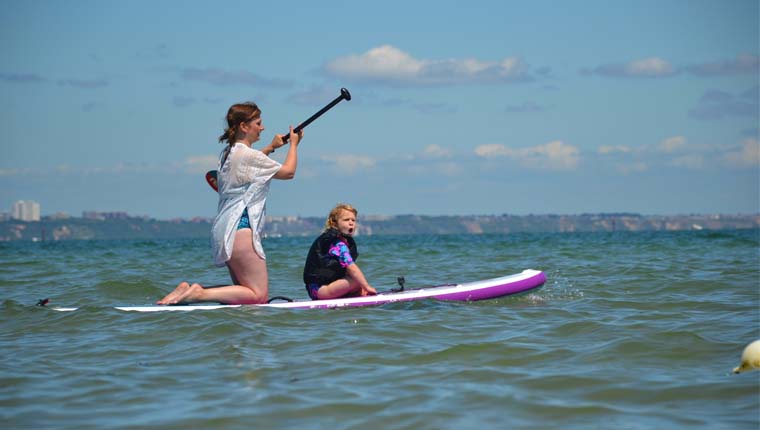
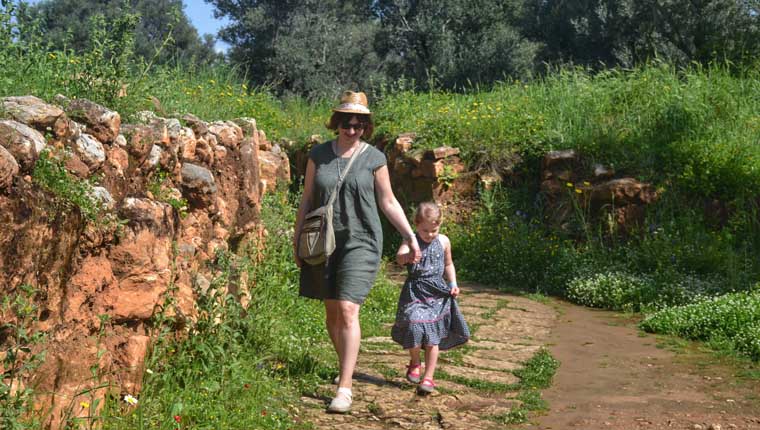
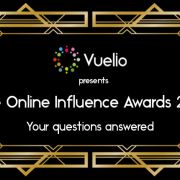

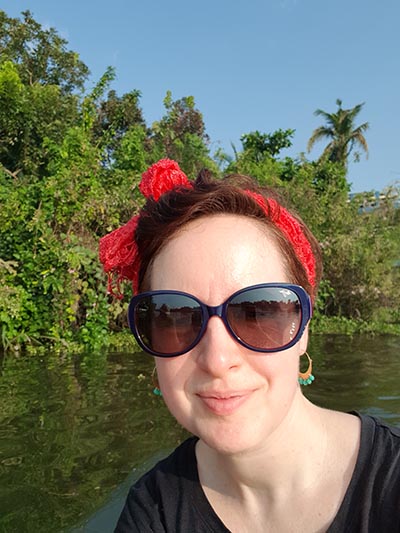 How easy is it to get into family travel? Did you have any major concerns?
How easy is it to get into family travel? Did you have any major concerns?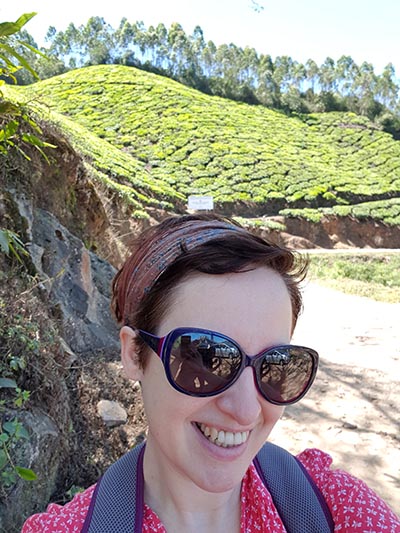 What are the best collaborations you’ve worked on?
What are the best collaborations you’ve worked on?